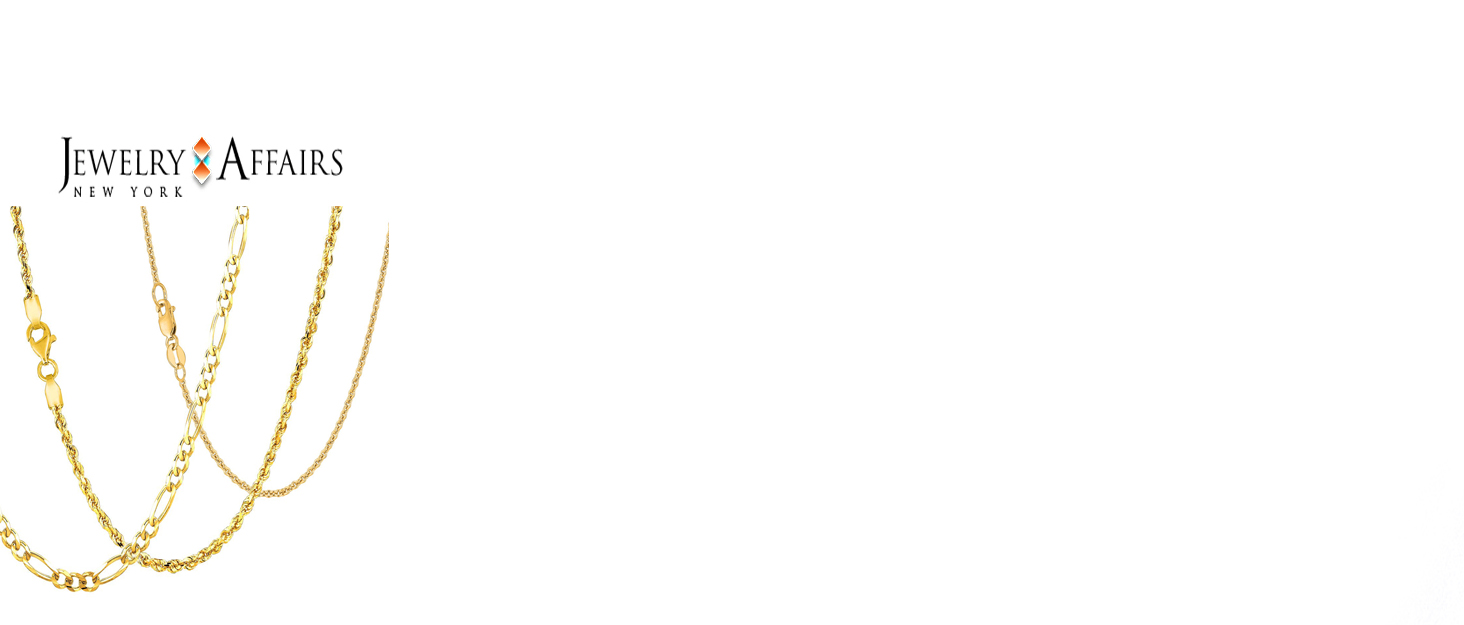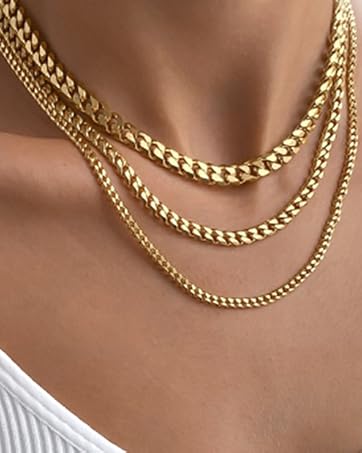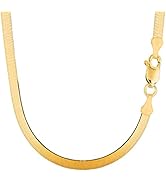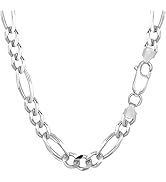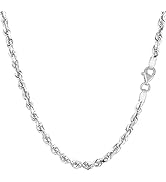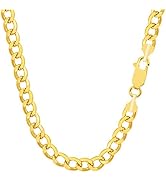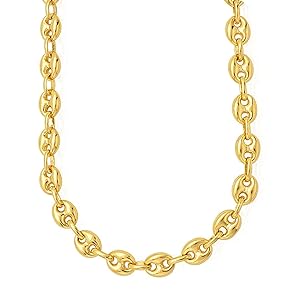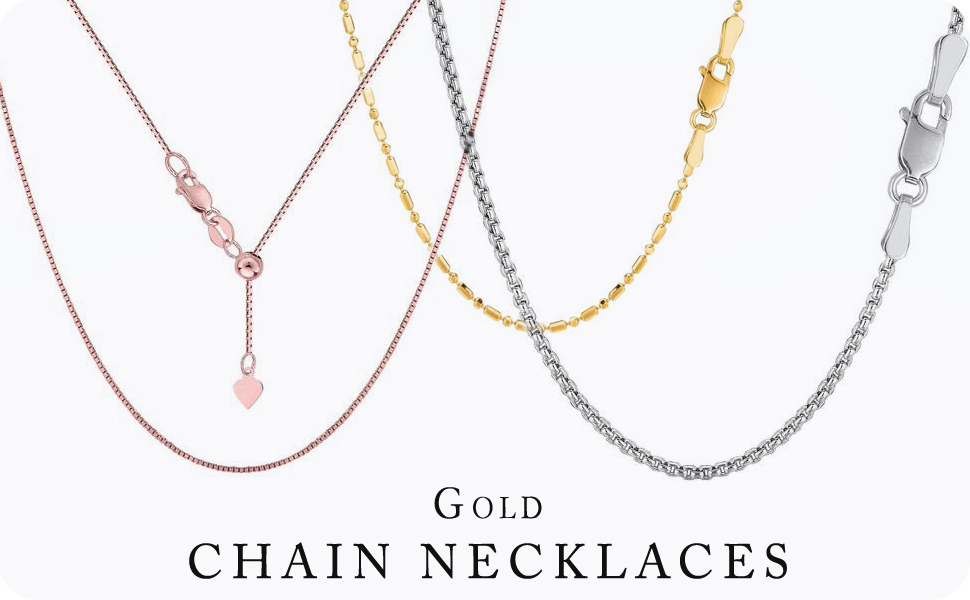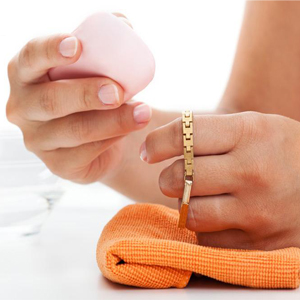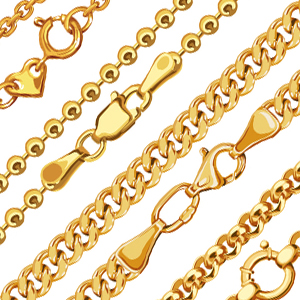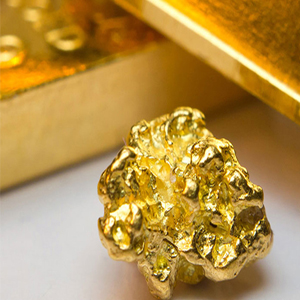





Jewelry Affairs 14k Yellow Gold Puffed Mariner Link Chain Necklace, 7mm
(0
reviews)
Estimate Shipping Time:
4 Days
Sold by:
Extraordinary
Extraordinary
Price:
$3,535.20
/pc
Refund:
Share:
Top Selling Products
-
Apple AirTag
$30.00
Related products
$329.51
KECHO 14k Solid Gold Nurse Necklace for Women Real Gold Stethoscope Nursing Jewelry Gift
Club Point:
0
$507.59
Galaxy Gold GG 2.43 Carat 14k Solid Gold Necklace with Natural Aquamarine Pendant
Club Point:
0






